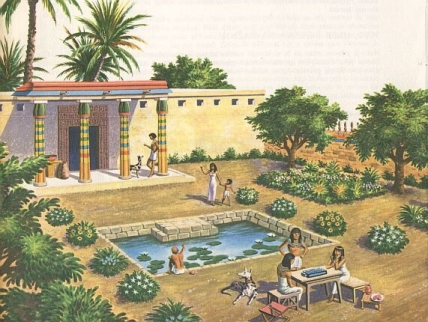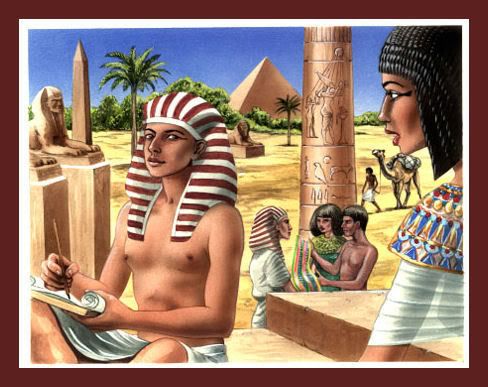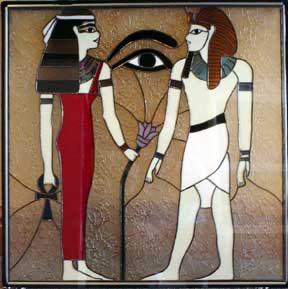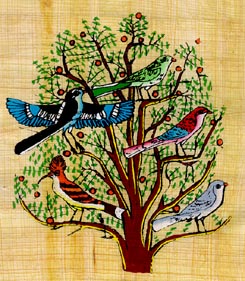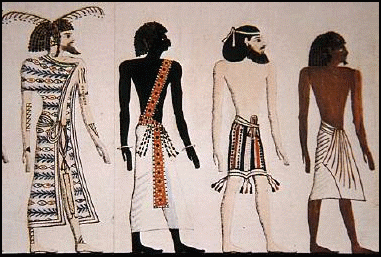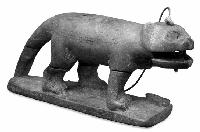 My father told me that he was muffified and the first thing that i imagened, when he said the word “mummy” was a body wrapped in strips of cloth. But, he said that in ancient Egypt manythousands of years ago, the first mummies were made naturally in the desert
My father told me that he was muffified and the first thing that i imagened, when he said the word “mummy” was a body wrapped in strips of cloth. But, he said that in ancient Egypt manythousands of years ago, the first mummies were made naturally in the desertsand. As their belief system developed, the ancient Egyptians began making mummies artificially. This means they deliberately preserved the bodies ofpeople who had just died, otherwise known as embalming. It took up to seventy days for the ancient Egyptians to artificially turn a dead person into a mummy.
2. Remove the internal organs. Because internal organs have a lot of water,
they had to be removed before the body could be embalmed.
a. The brain was taken out through the nose and thrown away. The
ancient Egyptians believed the brain wasn’t very important, that it was
just stuffing for the head.
b. The heart was left inside the body. For Egyptians, the heart was the
most important organ. They believed that the heart controlled thoughts
and emotions, and served as the place where memories were stored.
c. Four organs were taken out and embalmed separately—the liver,
lungs, stomach, and intestines. Each of these four organs was placed
in a separate container called a canopic jar. These canopic jars were
placed beside the mummy when it was later put in a tomb. Other
organs were thrown away.
3. The body was covered in a type of salt called natron for forty days. It took
that long for the body to completely dry out.
4. The mummy was then stuffed with incense (frankincense and myrrh were
commonly used) and covered with resin to make it waterproof.
5. Finally, the mummy would be covered with amulets and wrapped in strips
of linen. Linen is a cloth material made from flax, which is similar to cotton.
Amulets are carved figures that are thought to have magical power. One
important amulet was the scarab beetle, which was placed over the heart
to protect it.
when my dad first told me all of this i was speachless, and i though that all you did was wrap some one up in linen cloth and put then in a coffin! '


